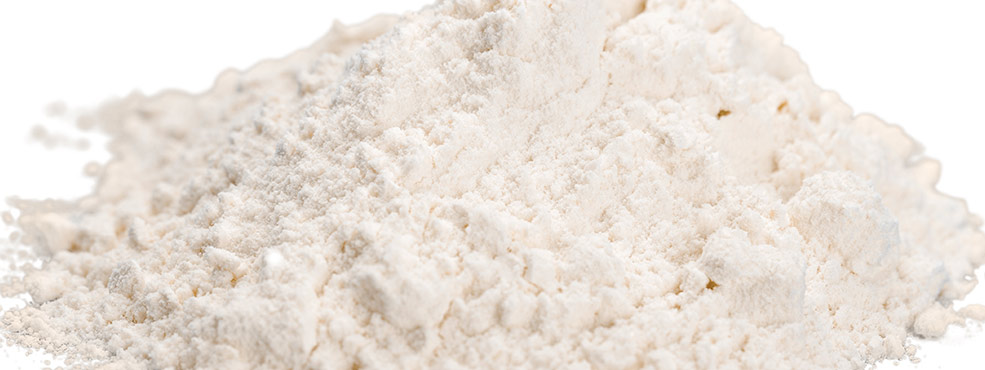H.M. Pectin Prices Rebounds in March 2025 After Prolonged Decline
- 28-Mar-2025 3:00 PM
- Journalist: Motoki Sasaki
After a period of continuous price drop, the North American H.M. Pectin import prices stabilized and rebounded in March 2025 considerably. The market is experiencing a gradual increase in import quotations within the regional market with traders coping with more than sufficient inventory levels.
Starting with the market trend, initially, the falling trend of H.M. Pectin across the US market was primarily influenced by muted buying sentiment, which resulted in the buildup of excess stocks in importing as well as exporting countries, especially in major suppliers such as China. Additionally, the consistent weakening of the US dollar against the currencies of exporting countries had a negative effect on trade sentiment, with most US buyers choosing to clear their already stocked-up inventories for H.M. Pectin instead of focusing on procuring the newer stocks. While, at the same time, Chinese stock liquidation was hurried before the Chinese Lunar New Year as traders sought to escape extended storage charges. Another reason for the price drop was the normalization of freight rates, which had been artificially high because of geopolitical disruptions. As freight charges stabilized, the total import costs for H.M. Pectin reduced, resulting in lower market prices.
As a result, with Q1 2025 on the go, especially in March, H.M. Pectin prices rebound yet steadily, marking a moderate upward trend in terms of the demand side. Furthermore, the imposition of the US market of new tariffs on various commodities, including pharmaceutical products and food-grade imports like H.M. Pectin, also results in a higher import price across the US market. However, the major purpose of these tariffs is to encourage local production and curb dependence on external suppliers. Therefore, market players quickly responded, and thus there was a rush in demand and a sharp hike in import prices. Moreover, with increasing demand for H.M. Pectin in the downstream processing food and pharmaceutical industries during the approach of the summer season, importers are also struggling to make purchases for H.M. Pectin ahead of increased tariffs further fueling market instability. While on the other side, within the domestic market, it created a supplier’s market thereby benefitting them in terms of heightening exports and profit margins, supported by persistent depreciation of the dollar against the exporting nations currently, making goods expensive within the domestic market in dollar.
At the same time, with respect to the export market side, China, a leading supplier of H.M. Pectin, has been quite heavily affected by these policy changes in trade. Increased costs of production, currency exposure, and changing freight rates may have all served to drive up prices. The expectation of protracted trade dislocation past the Lunar New Year has compelled importers to realign their buying plans, subjecting H.M. Pectin prices to yet more upward pressure. Exporters enjoyed the benefit, of seeing better profit margins and overall, a stronger export market.
As a result, of witnessing these trajectories, market analysts forecast H.M. Pectin prices stay high over the next few months as policy-related trade realignments, supply chain reconfigurations, and persistent demand expansion continue to underpin prices. The market is likely to maintain its bullish stance with import prices for H.M. Pectin continuing a higher track. Economic uncertainties, regulatory changes, and demand volatility may nonetheless inject near-term volatility. Industry players are keeping a close eye on global trade dynamics and price movements, especially in the pharmaceutical and food industries, which are susceptible to possible disruptions. In a bid to avoid risks, companies are adopting different sourcing options and long-term contracts.



